If you’re looking for a unique and awe-inspiring day trip from Perth, look no further than the Pinnacles Desert. Located in Nambung National Park, approximately 200 kilometers north of Perth, the Pinnacles are a striking natural wonder that showcases surreal limestone formations set against an ever-changing backdrop of golden sand dunes and blue skies. This breathtaking desert landscape is not only one of Western Australia’s most famous landmarks, but it also offers a great opportunity to experience the beauty and diversity of the region in a single day. Whether you’re a nature lover, a photographer, or simply someone looking for an adventure, a visit to the Pinnacles Desert is a must.
In this guide, we’ll walk you through everything you need to know to make the most out of your Pinnacles Desert day trip from Perth.
What Are the Pinnacles Desert?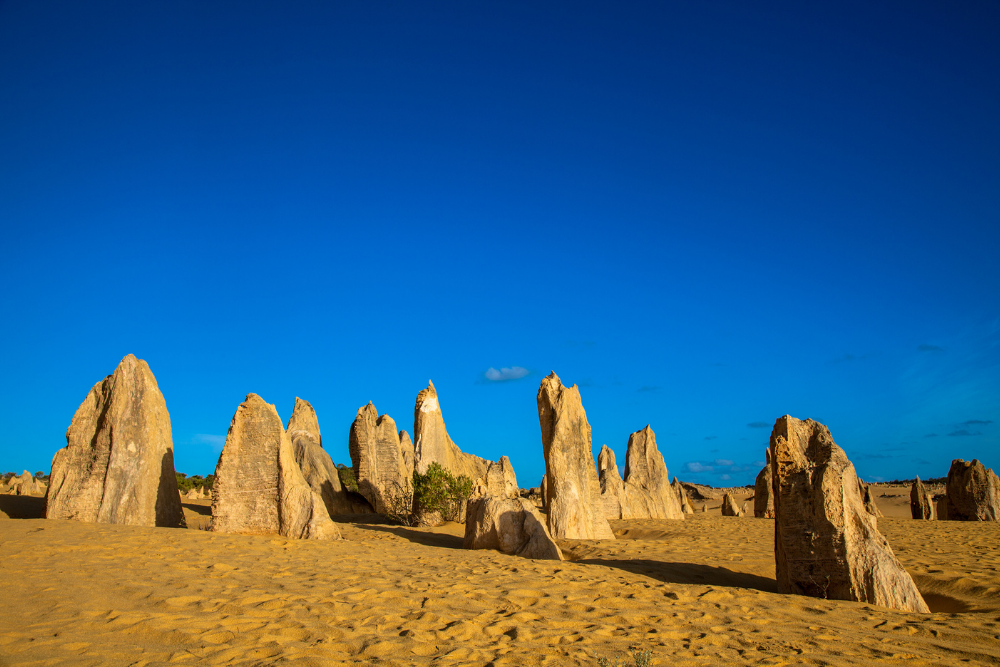
The Pinnacles Desert is renowned for its unique landscape of thousands of limestone spires that rise dramatically from the desert floor. These natural rock formations range in height from 3 to 4 meters and are scattered across a vast area of golden sand dunes. The Pinnacles were formed over millions of years, with the process involving the gradual erosion of limestone, resulting in these intriguing spires that look almost otherworldly. The desert is part of Nambung National Park and is surrounded by a diverse natural environment, including coastal dunes, forests, and wildlife, making it a fantastic spot for both nature exploration and photography.
How to Get to the Pinnacles Desert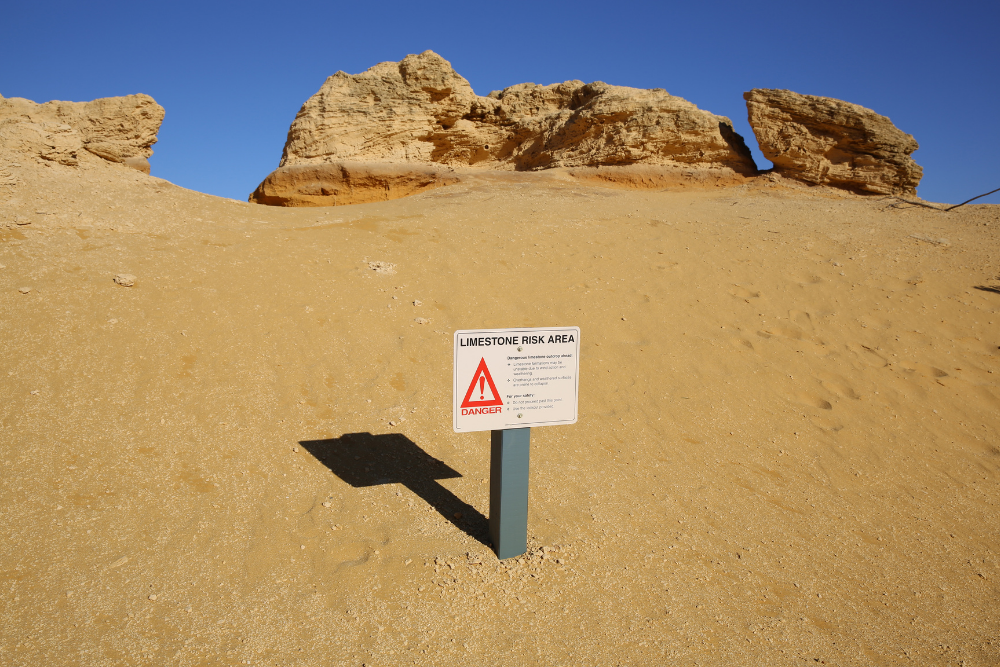
By Car:
The Pinnacles Desert is located about 200 kilometers north of Perth, which translates to a 2 to 2.5-hour drive. The most straightforward way to get there is by car, which gives you the flexibility to stop along the way and explore other interesting sites.
- Head North: From Perth, take Indian Ocean Drive (Highway 60) heading north. The drive is relatively easy, and you’ll pass through picturesque coastal towns like Yanchep, Guilderton, and Lancelin, making it a scenic route worth enjoying.
- Turn Off to Nambung National Park: The Pinnacles Desert is within Nambung National Park, which is well-signposted along the way. Keep an eye out for signs directing you to the Pinnacles Desert Discovery Centre, where you’ll find information, maps, and facilities to help plan your visit.
By Guided Tour:
If you prefer not to drive, you can opt for a guided tour from Perth. Several companies offer full-day tours to the Pinnacles Desert, where you’ll be taken in air-conditioned comfort and have the benefit of a local guide who can provide insights into the history and geology of the area. These tours typically include stops at other attractions along the way, such as Cervantes (a nearby coastal town), and sometimes even a wildlife encounter or sandboarding adventure.
Best Time to Visit:
The best time to visit the Pinnacles Desert is during the cooler months of the year, typically from March to October, as temperatures can get quite high in the summer. However, the Pinnacles Desert is an all-year-round destination, and each season offers a unique experience:
- Morning: The early morning light casts long shadows across the desert and creates beautiful photographic opportunities, especially with the low-angle sun illuminating the limestone spires.
- Afternoon: The warm afternoon light can create striking contrasts and deep shadows, offering a different aesthetic.
- Sunset: The desert’s colors are especially dramatic at sunset, with the soft glow of the sun transforming the spires into vibrant hues of gold, pink, and orange.
Things to Do at the Pinnacles Desert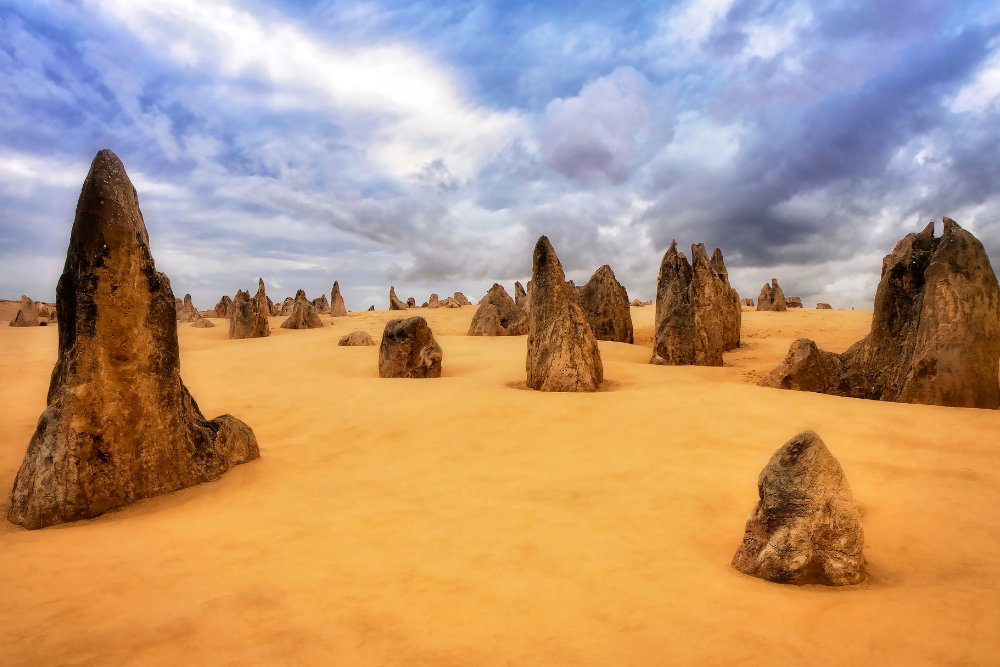
1. Explore the Pinnacles Desert Loop Walk
One of the best ways to experience the desert is by walking the Pinnacles Desert Loop, a 1.2-kilometer walking trail that takes you on a circular journey through the heart of the desert. As you walk, you’ll get an up-close view of the unique limestone formations, which range from tall spires to smaller pinnacles that are scattered across the sand.
- Difficulty: Easy – The trail is well-maintained and accessible, making it suitable for all ages and fitness levels.
- What to Expect: Along the walk, you’ll encounter a variety of spires and formations. Some of them resemble human figures, animals, and other shapes, providing great photo opportunities. Look out for wildlife such as kangaroos and emus, which can sometimes be spotted in the area.
2. Drive the Pinnacles Desert Scenic Drive
If you’re pressed for time or prefer to experience the desert from the comfort of your car, the Pinnacles Desert Scenic Drive is a great option. This 4.5-kilometer drive takes you on a loop around the Pinnacles, offering spectacular views of the formations from different angles. The drive allows you to see more of the desert without having to leave your car, making it perfect for those who want to explore at their own pace.
- Scenic Stops: There are multiple viewing areas along the drive where you can pull over and take in the landscape, snap a photo, or simply enjoy the surroundings.
3. Visit the Pinnacles Desert Discovery Centre
Before or after your desert adventure, make sure to stop at the Pinnacles Desert Discovery Centre, which offers valuable information about the area’s history, geology, and wildlife. Inside the center, you’ll find interactive exhibits and displays that explain the formation of the Pinnacles, as well as the importance of the region to the local Yued people, the traditional owners of the land.
- Facilities: The Discovery Centre has picnic tables, restrooms, and a small gift shop where you can purchase souvenirs.
- Educational Experience: The center also offers information about local wildlife and the biodiversity of the region, so it’s a great stop for those interested in learning more about the ecology of the area.
4. Stargazing in the Pinnacles Desert
As the sun sets and the stars emerge, the Pinnacles Desert offers one of the best stargazing opportunities in Western Australia. With minimal light pollution and clear skies, the desert becomes a celestial haven for anyone who enjoys looking at the stars.
- What You Can See: On a clear night, you can see the Milky Way, constellations like Orion, and the Southern Cross. The sheer isolation of the desert makes it the perfect place to appreciate the night sky in all its glory.
Other Attractions Near the Pinnacles Desert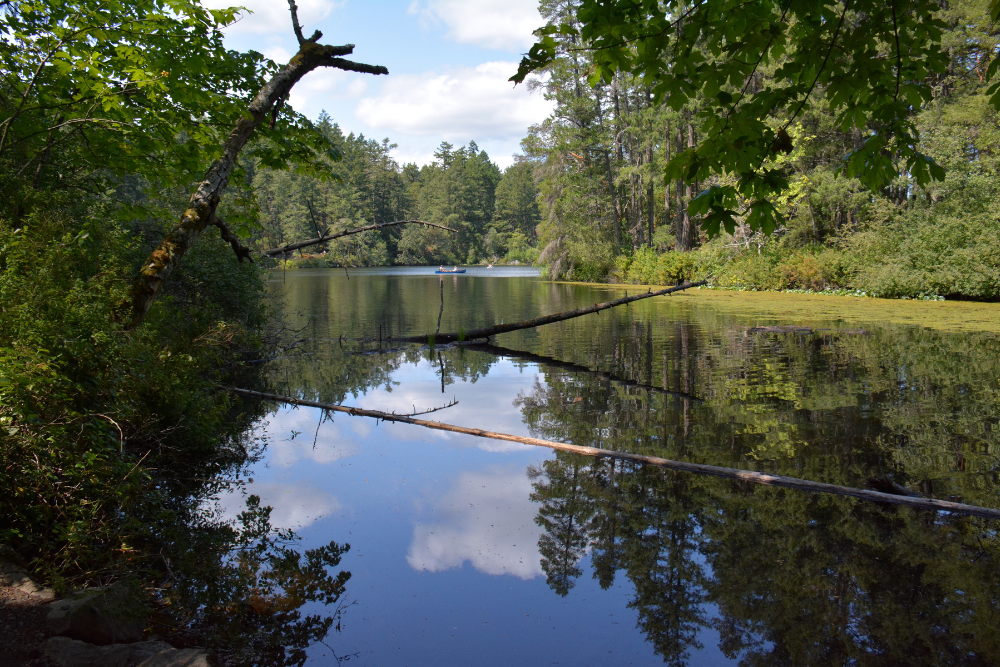
While the Pinnacles Desert is undoubtedly the highlight of the area, there are several other attractions worth checking out on your day trip:
1. Cervantes
Just a short drive from the Pinnacles Desert, the coastal town of Cervantes is famous for its lobster fishing and as the gateway to the desert. Stop by for a delicious seafood meal, particularly the town’s famous rock lobster.
2. Lake Thetis
Located near Cervantes, Lake Thetis is a saltwater lake that is home to ancient stromatolites—layered structures formed by microbial communities. The lake is a fascinating natural phenomenon and offers a peaceful setting for a walk.
Tips for Visiting the Pinnacles Desert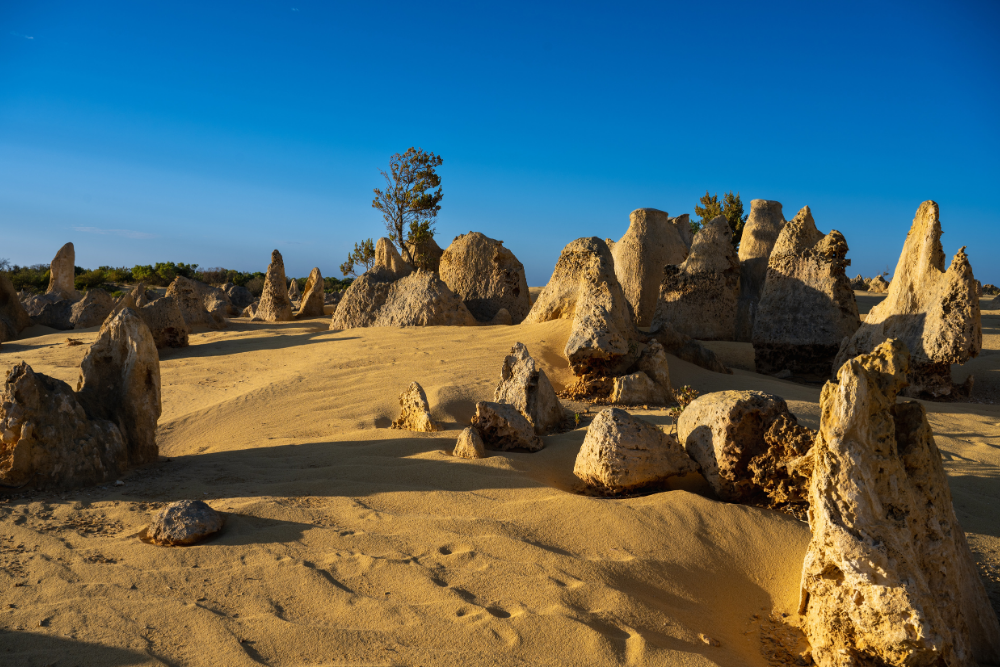
- Wear Comfortable Shoes: If you plan to walk the Pinnacles Desert Loop or explore on foot, make sure to wear sturdy shoes suitable for walking on sand and uneven surfaces.
- Bring Water and Snacks: The desert environment can get quite hot, so bring plenty of water to stay hydrated, as well as some snacks, especially if you’re planning a longer visit.
- Pack Sun Protection: The sun can be intense, so don’t forget to pack sunscreen, a hat, and sunglasses.
- Camera: The Pinnacles Desert is a photographer’s dream, so be sure to bring your camera to capture the stunning landscape, especially at sunrise and sunset.
Conclusion
A day trip to the Pinnacles Desert offers an unforgettable experience, with its otherworldly landscape, fascinating geological formations, and opportunities for exploration. Whether you’re walking the loop trail, driving through the scenic route, or simply marveling at the colors of the desert at sunset, the Pinnacles Desert is a place where nature’s beauty is on full display. With its unique atmosphere and proximity to Perth, it’s the perfect escape from the city and a chance to experience the raw beauty of Western Australia’s wild side. So pack your bags, hit the road, and get ready to be amazed by one of the state’s most iconic natural wonders.












